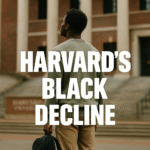
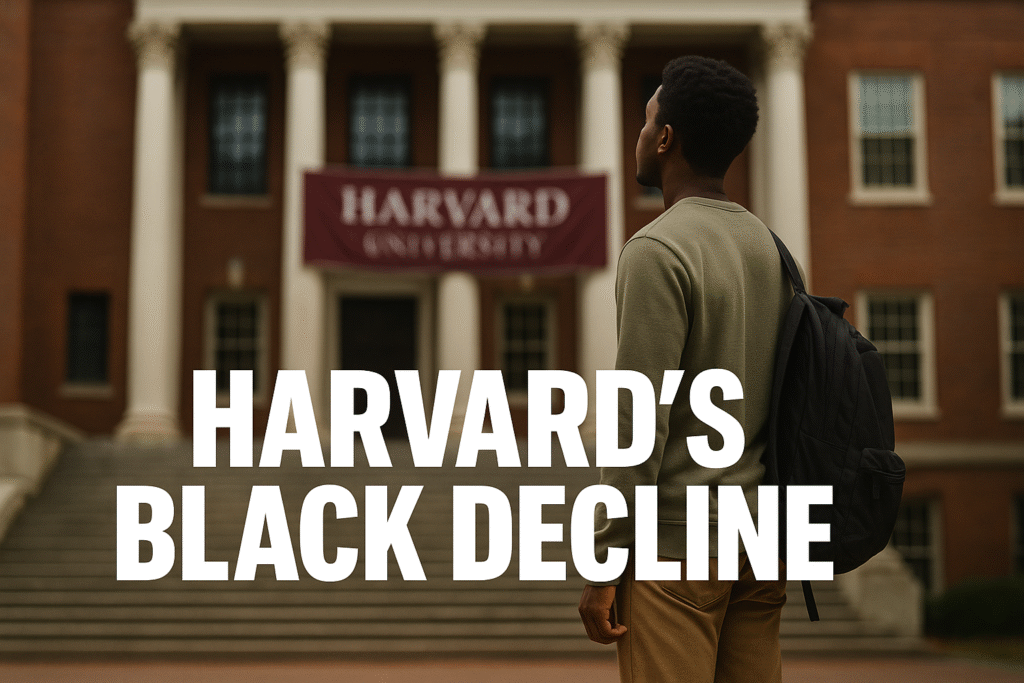
Affirmative Action Ban and the Decline of Black Student Enrollment at Harvard
History Behind the Headlines
By Darius Spearman (africanelements)
Support African Elements at patreon.com/africanelements and hear recent news in a single playlist. Additionally, you can gain early access to ad-free video content.
In the fall of 2025, Harvard University unveiled alarming data revealing a significant decline in Black student enrollment. This sharp downturn comes in the wake of the 2023 Supreme Court decision that banned affirmative action in college admissions—a ruling that has reverberated across the nation’s elite institutions. The data not only spotlights the reversal of decades-long progress toward racial diversity but also ignites a fierce national conversation on equity, opportunity, and justice within higher education.
Harvard’s Enrollment Decline and What It Represents
Harvard’s data shows Black first-year student enrollment fell from 18 percent prior to the Supreme Court ban, to 14 percent in 2024, and then to a striking low of just 11 percent in 2025. This trend is not isolated. Other elite schools like MIT and Amherst are experiencing similar, if not more severe, declines in Black student enrollment, with MIT’s figures plummeting to 5 percent and Amherst’s down to 3 percent. These declines disrupt the steady rise in Black representation at top universities, which had been gaining ground since affirmative action policies first took root in the late 1960s.
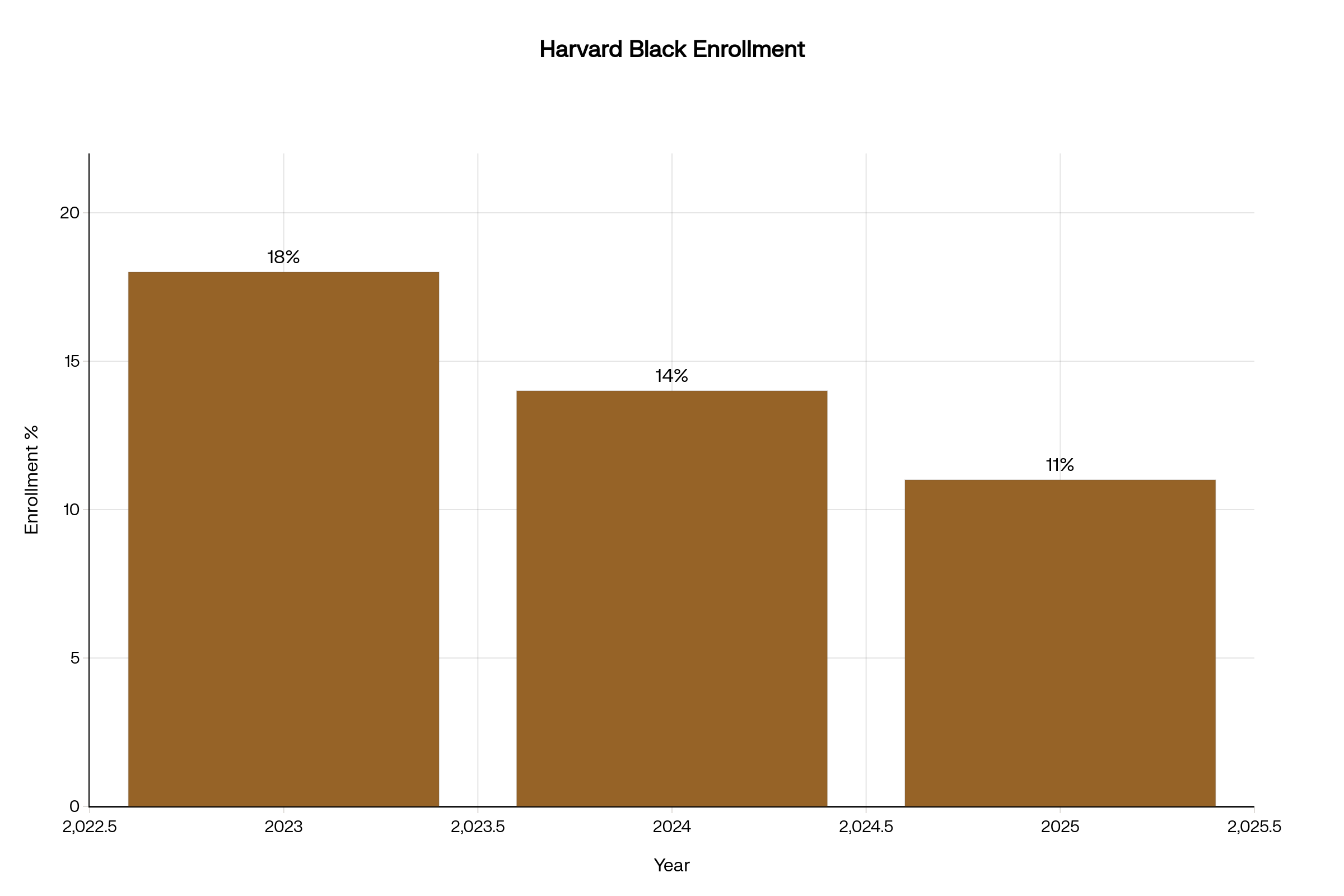
The implications of this enrollment drop reach far beyond the numbers. Elite universities have historically served as pivotal gateways for Black Americans to access career paths in law, government, medicine, and business. As access narrows, the pipeline for future Black leadership diminishes, threatening broader social and economic mobility for African American communities nationwide.
Trump Administration’s Role in Admissions Scrutiny
Following the legal changes, the Trump administration has ramped up scrutiny over racial preferences in university admissions. Federal mandates now require colleges to submit detailed admissions data broken down by race, gender, test scores, and more. This intense oversight aims to expose and prevent any continued consideration of race, even through indirect means often called “racial proxies.” Critics fear this investigation serves to further intimidate institutions from maintaining diversity and may exacerbate the enrollment declines seen across campuses.
The Broader Shift at Elite Colleges Nationwide
The decline in Black enrollment extends to elite colleges across the United States. While Black student representation diminishes significantly, enrollment of Asian American and White students has remained stable or even increased in some cases. This shift reshapes the demographic landscape of highly selective institutions and raises questions about fairness and opportunity in America’s educational system.
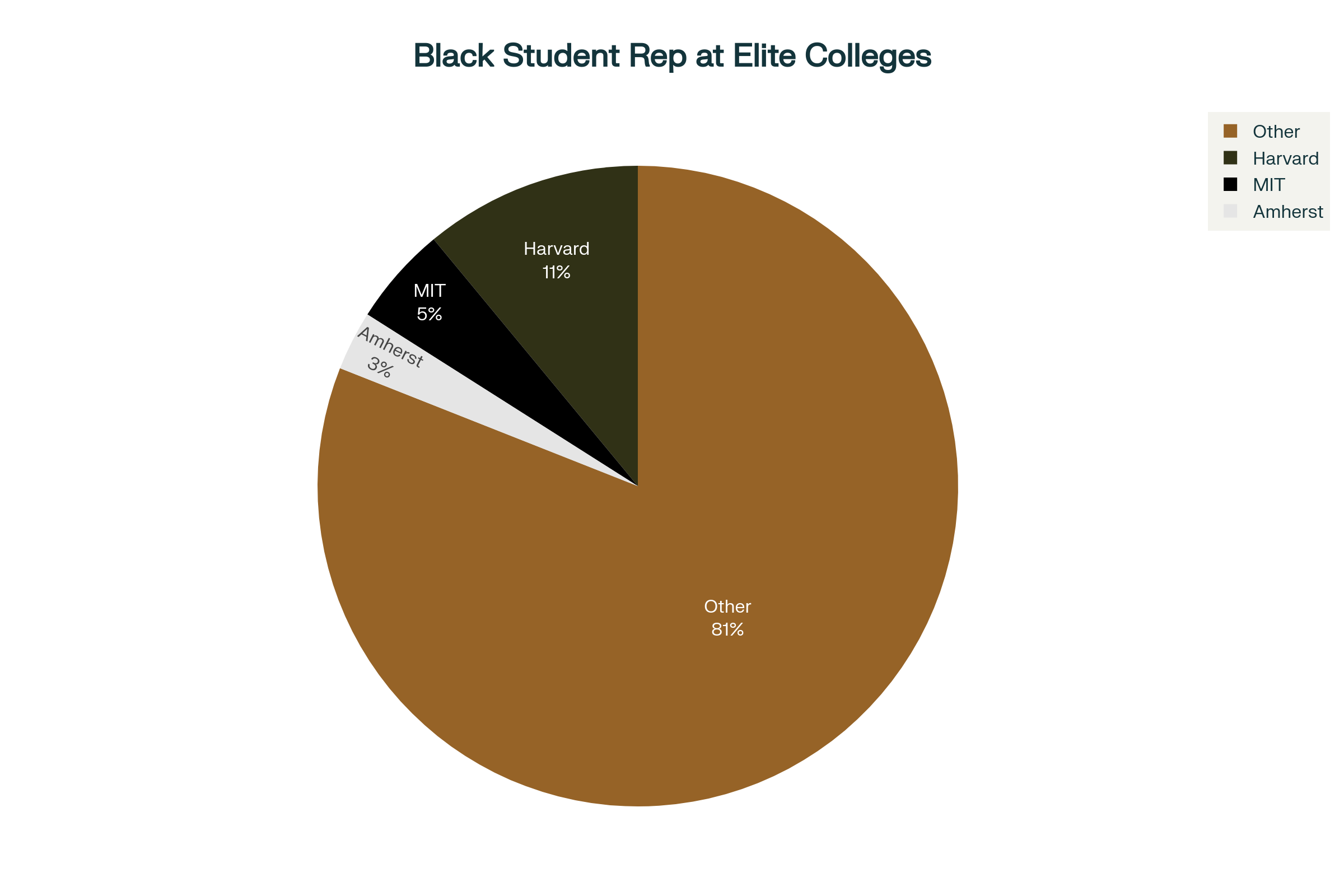
Amid these declines, colleges are intensifying outreach efforts within Black and brown communities, hoping to stem the tide. Still, the data underscores a difficult truth: the post-affirmative action era poses unique challenges to sustaining racial diversity without explicit race-conscious admissions policies.
Historical Roots of Affirmative Action and Its Impact on Diversity
Affirmative action emerged from the civil rights movement to address systemic racial discrimination in education and employment. Its introduction in college admissions created pathways for many Black students who had long been excluded from elite institutions. Through these policies, Black enrollment nearly doubled at many top universities between the 1970s and early 2000s.
Yet affirmative action has been subject to legal challenges from the earliest days. Landmark court cases such as Regents of the University of California v. Bakke and Grutter v. Bollinger paved the way for both acceptance and criticism. In recent years, lawsuits culminating in the 2023 Supreme Court ruling have effectively ended race-conscious admissions, sparking widespread debate about fairness, merit, and historical equity in higher education.
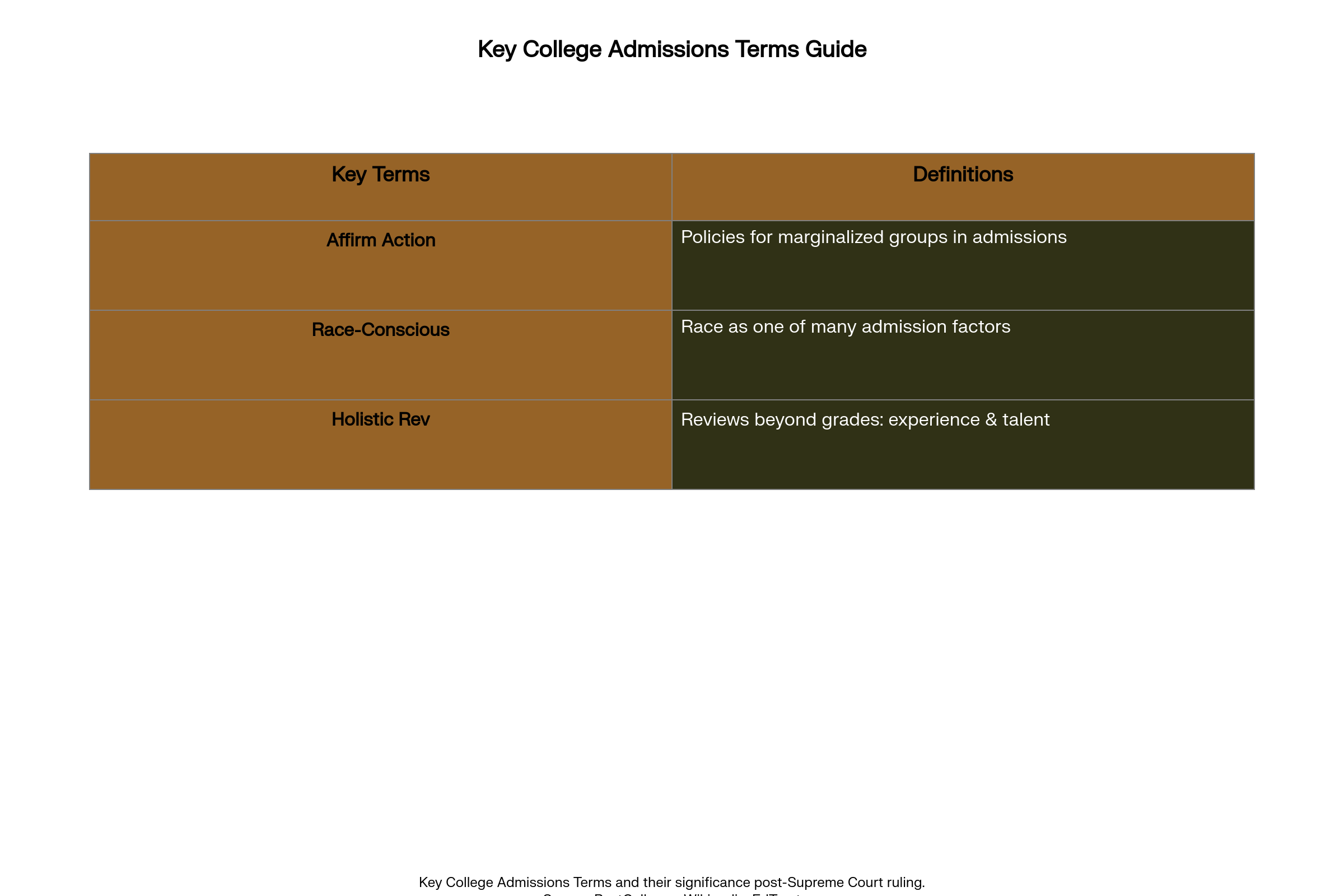
Understanding key terms such as Affirmative Action, Race-Conscious Admissions, and Holistic Review is critical to follow this complex issue. Before the ruling, admissions officers considered an applicant’s race as one factor among many to foster diverse student bodies. Today, holistic review remains, but without race as a permissible criterion, colleges must find race-neutral means to promote diversity.
Why This Matters to the African Diaspora Today
The decline in Black enrollment at elite colleges like Harvard signifies more than just statistical change; it echoes a reversal in the fight for equality and empowerment of Black communities through education. Access to top-tier universities remains a vital lever for social and economic advancement for African Americans and the global African diaspora.
Without careful and intentional policies and outreach, the progress achieved over decades threatens to be undone, making the path to leadership and influence even steeper for Black youth. Advocates emphasize the need to focus on economic disadvantage, support for Historically Black Colleges and Universities (HBCUs), and broadening inclusion strategies to ensure that opportunity does not become a privilege reserved for few.
The Supreme Court’s 2023 ruling and the Trump administration’s stringent oversight illustrate a pivotal moment in American education history. It is a moment demanding vigilance and creativity from those committed to racial equity, reminding us that the struggle for access and justice in higher education is far from over.
ABOUT THE AUTHOR
Darius Spearman has been a professor of Black Studies at San Diego City College since 2007. He is the author of several books, including Between The Color Lines: A History of African Americans on the California Frontier Through 1890. You can visit Darius online at africanelements.org.
